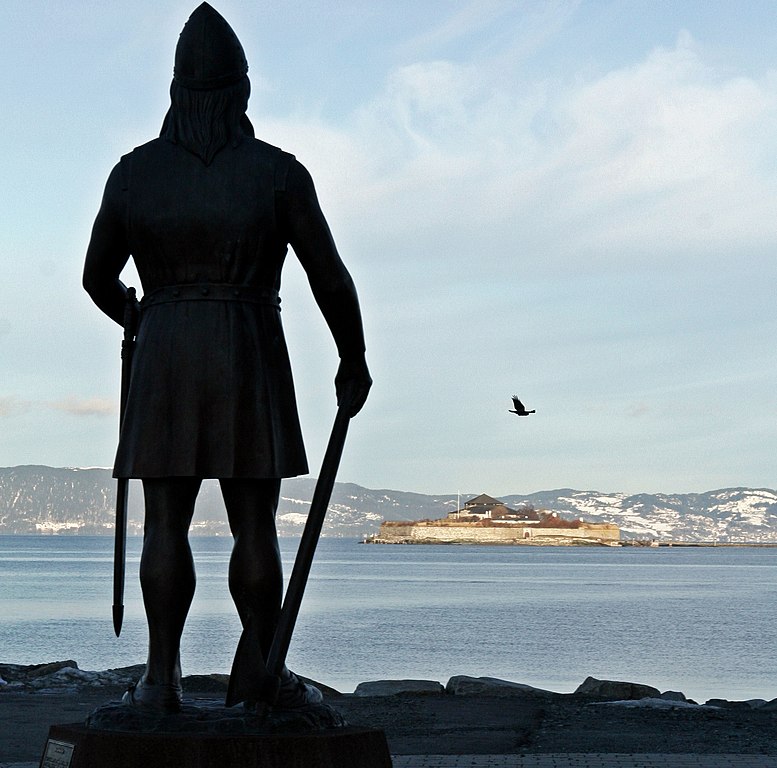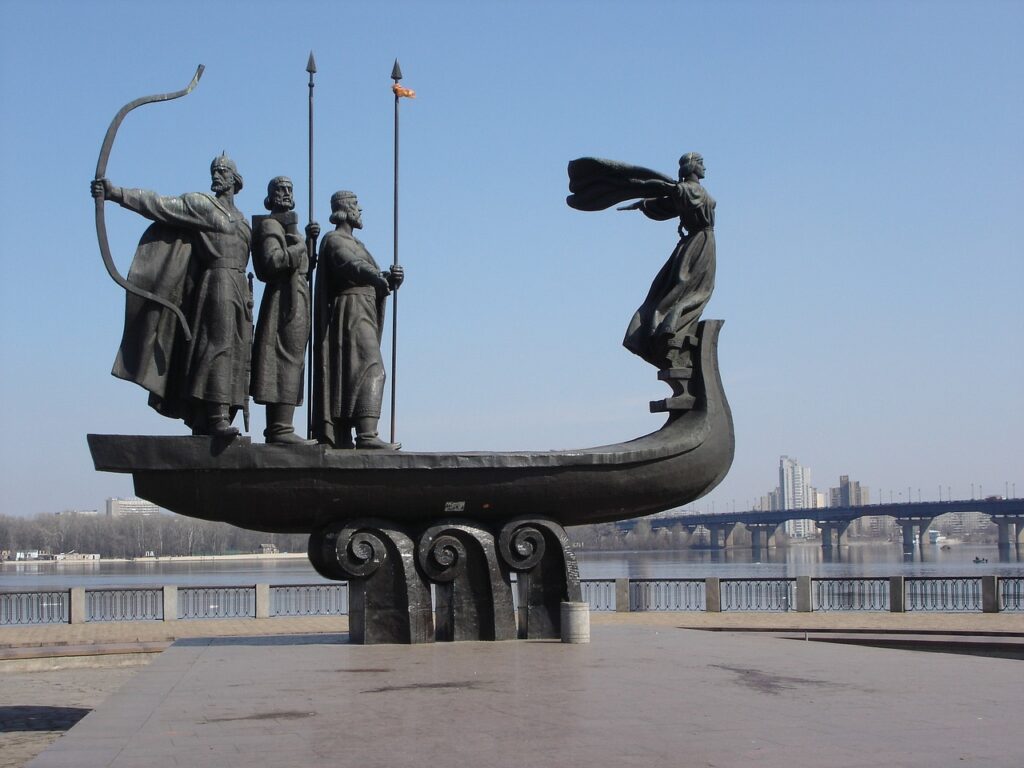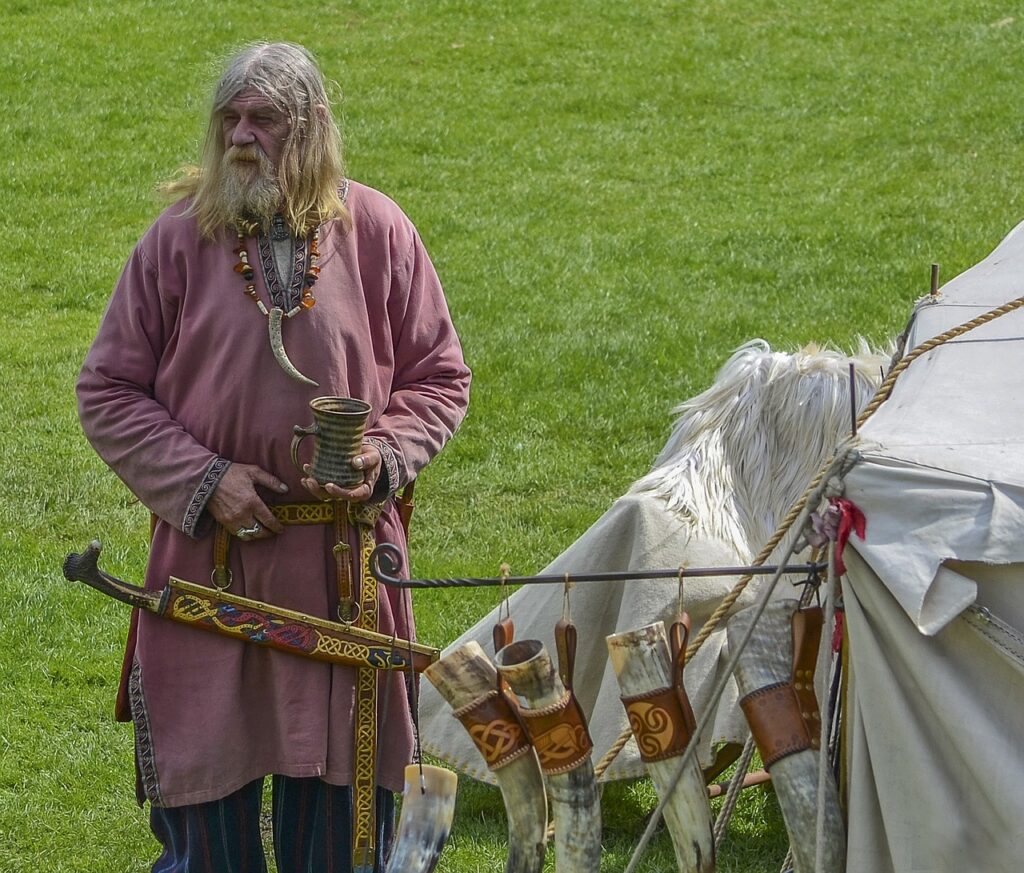How tall were Vikings? The height of Vikings has been a topic of fascination and speculation in both popular culture and historical discussions. After all, the image of tall, imposing Norse warriors has become ingrained in our collective imagination, thanks in part to portrayals in movies, literature, and various media. However, it is essential to examine the historical evidence and separate fact from fiction. Then, we can gain a more accurate understanding of the physical attributes of the Vikings.
How tall were Vikings? Exploring Viking Stature

Historians generally accept that the Viking Age extended from 793 to 1066 AD. Research indicates that the average height of people was generally shorter then, compared to the average height nowadays.
When compared to other populations of their era, Vikings were not exceptionally tall. Apparently, their average height was similar to or slightly taller than that of other European populations during the Viking Age.
Research and analysis of skeletal remains and archaeological findings suggest that the average height of adult Viking males ranged from around 5 feet 7 inches (170 cm) to 5 feet 9 inches (175 cm). Meanwile, the average height of adult Viking females was approximately 5 feet 2 inches (157 cm) to 5 feet 5 inches (165 cm).
Influence and Imagery: Understanding the Reputation of Tall Vikings

The Vikings were known as tall and imposing warriors, despite being similar in height to their contemporaries. Their reputation for being tall can be attributed to various influences:
- Cultural Perceptions: Norse sagas and medieval accounts frequently depicted the Vikings as formidable figures, emphasizing their physical prowess and heroic qualities. The Vikings’ adventurous lifestyle, combined with these descriptions, contributed to the image of them as tall and imposing individuals.
- Battle Presence: In battle, Vikings wore distinctive and intimidating attire, such as horned helmets and chainmail armor. For this reason, their imposing presence on the battlefield created an illusion of greater height and strength. Moreover, Their fearless and aggressive fighting style, coupled with their reputation as skilled warriors, further enhanced this perception.
- Physical Strength: Vikings were renowned for their physical strength and muscular build. Even if their height was comparable to their contemporaries, this may have contributed to the perception of them being tall.
- Modern Media Depictions: In modern times, media and popular culture frequently portray Vikings as tall and towering figures. Movies, TV shows, and literature have perpetuated this image, further reinforcing the stereotype.
Were Vikings Tall by Today’s Standards?

Compared to today’s average height, Vikings would not stand out as tall. As stated above, the average height of Vikings was comparable to the average height of other European populations of that era. If we consider that, nowadays, the average height of individuals in many modern populations has significantly increased, it becomes evident that the stature of Vikings would not be considered remarkable by today’s standards.
Factors such as improved nutrition, healthcare, and overall living conditions have contributed to this height difference over time. Thus, when considering the average height of Vikings in relation to today’s standards, they would not be considered notably tall. In fact, while the current average height among different Nordic countries may vary slightly, it generally falls within the following range:
- Nowadays, adult males in these populations tend to be around 5 feet 11 inches (180 cm) to 6 feet 1 inch (185 cm) tall.
- Meanwhile, adult females have an average height ranging from approximately 5 feet 6 inches (167 cm) to 5 feet 8 inches (173 cm).
Evidently, their Viking predecessors were considerably shorter.
